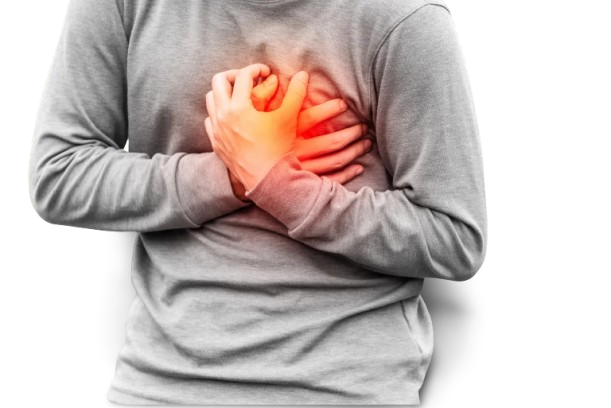Top food that can strengthen your memory
Healthy eating lowers your risk of diabetes, hypertension, and heart disease, but it's not yet clear if that's true for Alzheimer's disease as well.
[1]
* According ''Health" site; foods that researchers think will keep your whole body-including your brain-healthy:
1. Oil-based salad dressings.
2. Fish.
3. Dark green leafy vegetables, such as collard greens, spinach.
4. Avocado.
5. Sunflower seeds.
6. Peanuts and peanut butter.
7. Berries.
8. Whole grains, Fiber-rich whole grains are an integral part of the Mediterranean diet.
* Other food that can sharpen your memory; such as Rosemary, Apple.
[2]
* According Lewin, 2015 Eat more tomatoes, Add vitality with vitamins, Get a blackcurrant boost, Pick up pumpkin seeds, Sprinkle on sage and Go nuts.
[3]
* Do you like chocolate?
You can swap in a cup of hot chocolate for coffee if you prefer: A 2013 study found that older adults (73 years old, on average) who drank two cups of cocoa every day for a month had improved blood flow to the brain and performed better on memory tests. Or try a bar of dark chocolate (with at least 70 percent cocoa), which is a good source of flavonoids, antioxidants that have been linked to brain health.
[4]
* According Mercola, 7 Lifestyle-Based Ways to Improve Your Memory:
1. Eat Right; Fresh vegetables are essential, as are healthy fats and avoiding sugar and grain carbohydrates. For instance, curry, celery, broccoli, cauliflower, and walnuts contain antioxidants and other compounds that protect your brain health and may even stimulate the production of new brain cells.
2. Exercise.
3. Stop Multitasking; If you find yourself trying to complete five tasks at once, stop yourself and focus your attention back to the task at hand. If distracting thoughts enter your head, remind yourself that these are only "projections," not reality, and allow them to pass by without stressing you out. You can then end your day with a 10- or 15-minute meditation session to help stop your mind from wandering and relax into a restful sleep.
4. Get a Good Night's Sleep.
5. Play Brain Games; If you decide to try brain games, ideally it would be wise to invest at least 20 minutes a day, but no more than five to seven minutes is to be spent on a specific task. When you spend longer amounts of time on a task, the benefits weaken.
6. Master a New Skill; Engaging in "purposeful and meaningful activities" stimulates your neurological system, counters the effects of stress-related diseases, reduces the risk of dementia and enhances health and well-being.
7. Try Mnemonic Devices; Mnemonic devices are memory tools to help you remember words, information or concepts. They help you to organize information into an easier-to-remember format. Try:
Acronyms (such as PUG for "pick up grapes")
Visualizations (such as imagining a tooth to remember your dentist's appointment)
Rhymes (if you need to remember a name, for instance, think "Shirley's hair is curly)
Chunking, which is breaking up information into smaller "chunks" (such as organizing numbers into the format of a phone number)
[5]
* Study about memory for elderly:
for Epidemiol, 1999
Association of antioxidants with memory in a multiethnic elderly sample using the Third National Health and Nutrition Examination Survey.
Abstract
Oxidative stress has been implicated both in the aging process and in the pathological changes associated with Alzheimer's disease. Antioxidants, which have been shown to reduce oxidative stress in vitro, may represent a set of potentially modifiable protective factors for poor memory, which is a major component of the dementing disorders. The authors investigated the association between serum antioxidant (vitamins E, C, A, carotenoids, selenium) levels and poor memory performance in an elderly, multiethnic sample of the United States. The sample consisted of 4,809 non-Hispanic White, non-Hispanic Black, and Mexican-American elderly who visited the Mobile Examination Center during the Third National Health and Nutrition Examination Survey, a national cross-sectional survey conducted from 1988 to 1994. Memory is assessed using delayed recall (six points from a story and three words) with poor memory being defined as a combined score less than 4. Decreasing serum levels of vitamin E per unit of cholesterol were consistently associated with increasing levels of poor memory after adjustment for age , education, income, vascular risk factors, and other trace elements and minerals. Serum levels of vitamins A and C, beta-carotene, and selenium were not associated with poor memory performance in this study.
[6]
* For Brain Training
free from Here " Click Here"
References
- [1] http://www.health.com/health/gallery/0,,20434658,00.html
- [2] http://www.stethnews.com/0642/top-foods-that-can-sharpen-your-memory/.
- [3] http://www.bbcgoodfood.com/howto/guide/10-foods-boost-your-brainpower?IGNORE_GEO_REDIRECT_ONCE=true.
- [4] http://www.details.com/story/foods-that-improve-memory.
- [5] http://articles.mercola.com/sites/articles/archive/2014/04/24/memory-improvement-tricks.aspx
- [6] http://www.ncbi.nlm.nih.gov/pubmed/10400551.





































